Home>Furniture & Design>Bathroom Accessories>What Causes Pink Stains In A Bathtub
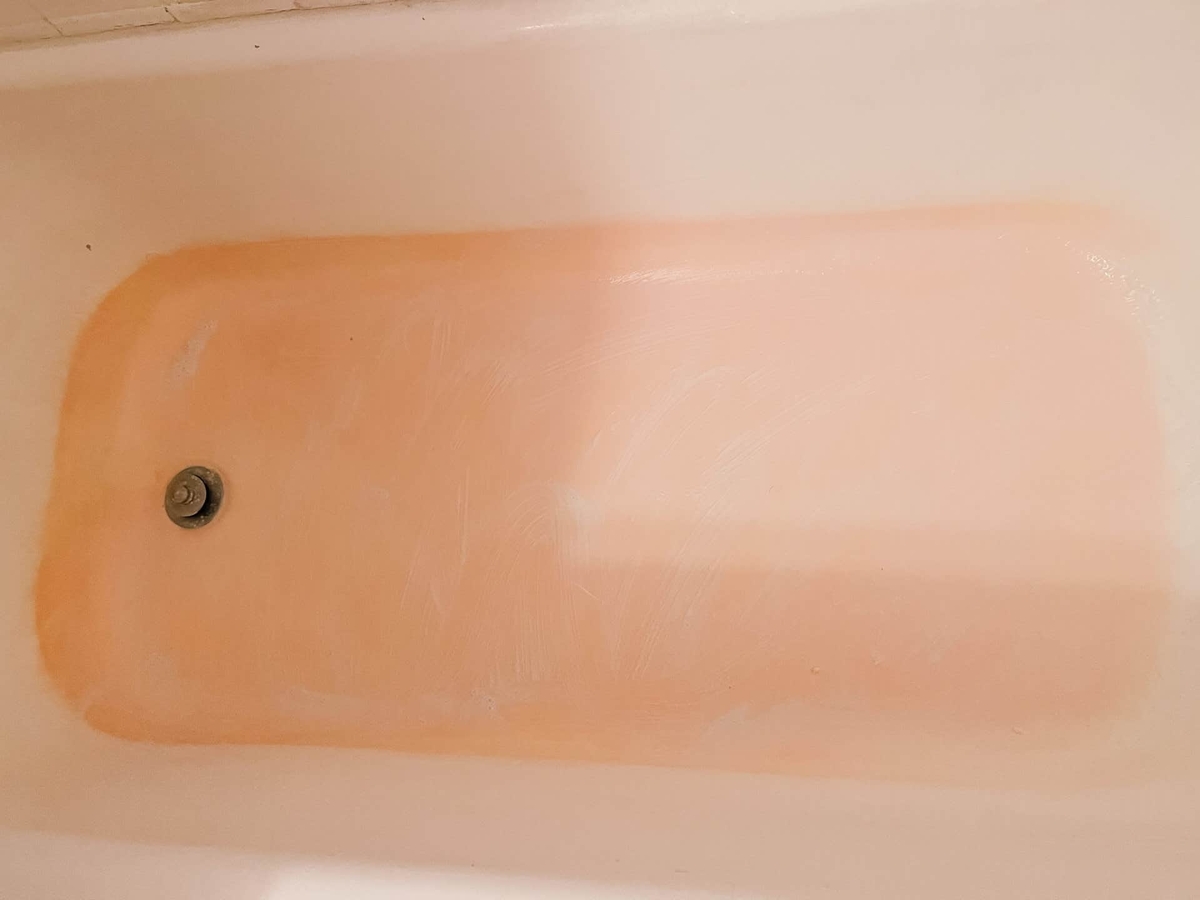

Bathroom Accessories
What Causes Pink Stains In A Bathtub
Modified: May 6, 2024
Learn about the causes of pink stains in your bathtub and how bathroom accessories may contribute to this common issue. Find solutions to keep your bathtub clean and stain-free.
(Many of the links in this article redirect to a specific reviewed product. Your purchase of these products through affiliate links helps to generate commission for Storables.com, at no extra cost. Learn more)
Introduction
Pink stains in a bathtub can be a perplexing and frustrating sight for many homeowners. These unsightly blemishes not only detract from the overall appearance of the bathroom but also raise concerns about cleanliness and hygiene. Understanding the underlying causes of these pink stains is crucial in effectively addressing and preventing their recurrence.
The presence of pink stains in a bathtub is often attributed to various factors, including hard water, bacteria and mold growth, and chemical reactions. Each of these factors contributes to the formation of the stubborn pink discoloration that can be challenging to remove. By delving into the root causes of these stains, homeowners can gain valuable insights into how to combat and prevent them, ultimately restoring the pristine condition of their bathtubs.
In the following sections, we will explore each of these factors in detail, shedding light on the mechanisms that lead to the formation of pink stains in bathtubs. Additionally, we will discuss effective solutions for removing these stains and preventing their recurrence, empowering homeowners to maintain a clean and inviting bathroom environment.
Understanding the nature of pink stains in bathtubs is the first step toward achieving a sparkling, stain-free tub. By unraveling the mysteries behind these stubborn blemishes, homeowners can take proactive measures to preserve the beauty and cleanliness of their bathrooms. Let's embark on this enlightening journey to uncover the secrets of pink stains and equip ourselves with the knowledge needed to banish them for good.
Key Takeaways:
- Say goodbye to pink stains in your bathtub by understanding and addressing the root causes: hard water, bacteria and mold growth, and chemical reactions. Implement preventive measures and targeted cleaning to restore your bathtub’s pristine condition.
- Combat pink stains with vinegar and baking soda, bleach-based cleaners, limescale removers, and water softening systems. Regular cleaning, proper ventilation, and proactive measures are key to preventing the recurrence of pink stains.
Read more: What Causes Black Stains In A Bathtub?
Hard Water
Hard water is a common culprit behind the formation of pink stains in bathtubs. This type of water contains high levels of dissolved minerals, particularly calcium and magnesium. When hard water comes into contact with the surfaces of bathtubs, it can leave behind mineral deposits that manifest as pink stains over time.
The presence of these minerals in hard water leads to a chemical reaction with soaps and detergents, resulting in the formation of soap scum. This sticky residue not only creates an ideal environment for bacteria and mold growth but also contributes to the discoloration of the bathtub surface.
Moreover, the mineral deposits from hard water can accumulate in the grout lines and crevices of the bathtub, providing a breeding ground for bacteria. As these microorganisms thrive in the mineral-rich environment, they produce pigmented substances that contribute to the pink discoloration observed in the bathtub.
To combat the effects of hard water and prevent the formation of pink stains, homeowners can consider installing water softening systems. These systems work by removing the excess minerals from the water, effectively mitigating the adverse impact of hard water on bathtub surfaces.
Regular cleaning and maintenance are also essential in addressing the challenges posed by hard water. Using cleaning products specifically formulated to combat mineral deposits and soap scum can help prevent the accumulation of pink stains in the bathtub. Additionally, incorporating routine cleaning practices can aid in minimizing the impact of hard water on the bathtub surface.
By understanding the role of hard water in the formation of pink stains, homeowners can take proactive measures to address this issue. Whether through the installation of water softening systems or the diligent use of effective cleaning products, combating the effects of hard water is key to preserving the pristine condition of bathtubs and ensuring a clean and inviting bathroom environment.
Bacteria and Mold
Bacteria and mold growth are significant contributors to the development of pink stains in bathtubs. These microorganisms thrive in moist and warm environments, making the bathroom an ideal breeding ground. When left unchecked, bacteria and mold can proliferate on the surfaces of bathtubs, leading to the formation of unsightly pink stains.
The presence of organic matter, such as body oils, soap residue, and dead skin cells, provides a nutrient-rich substrate for bacteria and mold to flourish. As these microorganisms colonize the bathtub surfaces, they produce pigmented substances, including Serratia marcescens, a type of bacteria known for its pinkish-red hue. This pigmentation becomes visibly apparent, manifesting as pink stains that mar the appearance of the bathtub.
Furthermore, the porous nature of grout lines and caulking in bathtubs creates favorable conditions for bacteria and mold to take hold. These areas often retain moisture, allowing microorganisms to thrive and propagate. As a result, the accumulation of bacterial and mold growth contributes to the persistent presence of pink stains, posing a challenge for homeowners seeking to maintain a clean and hygienic bathroom environment.
To address the issue of bacteria and mold-related pink stains, proactive cleaning and preventive measures are essential. Regularly cleaning the bathtub surfaces with antimicrobial cleaners can help inhibit the growth of bacteria and mold. Additionally, ensuring proper ventilation in the bathroom can aid in reducing moisture levels, thereby creating an environment less conducive to microbial proliferation.
In cases where pink stains have already formed due to bacterial and mold growth, targeted cleaning methods, such as the use of bleach-based cleaners or hydrogen peroxide, can effectively remove these stains. These cleaning agents not only eliminate the pigmented substances produced by bacteria and mold but also help sanitize the bathtub surfaces, mitigating the risk of future staining.
By addressing the role of bacteria and mold in the formation of pink stains, homeowners can implement proactive strategies to combat microbial growth and prevent the recurrence of these unsightly blemishes. Through diligent cleaning practices and the use of targeted cleaning agents, the impact of bacteria and mold on bathtub surfaces can be minimized, restoring the pristine condition of the bathtub and ensuring a clean and inviting bathroom space.
To prevent pink stains in your bathtub, regularly clean and scrub the surfaces with a mixture of baking soda and water to remove any buildup of bacteria and minerals.
Chemical Reactions
Chemical reactions play a pivotal role in the formation of pink stains in bathtubs. These reactions often stem from the interaction between various substances present in the bathroom environment, ultimately leading to the discoloration of bathtub surfaces. Understanding the underlying chemical processes is crucial in addressing the persistent challenge of pink stains and implementing effective preventive measures.
One of the primary chemical reactions that contribute to pink stains involves the interaction between minerals in hard water and substances found in soaps and detergents. When hard water, which contains elevated levels of calcium and magnesium, comes into contact with soap or detergent residues on the bathtub surface, a chemical reaction occurs. This reaction leads to the formation of insoluble compounds, commonly known as soap scum. The accumulation of soap scum not only creates an unsightly film on the bathtub but also provides an ideal substrate for bacterial and mold growth, exacerbating the formation of pink stains.
Furthermore, the presence of iron or manganese in the water supply can instigate chemical reactions that result in the development of pink stains. When these metals oxidize upon exposure to air, they can produce pigmented compounds that manifest as pink discoloration on the bathtub surface. This phenomenon is particularly prevalent in areas with high iron or manganese content in the water, posing a persistent challenge for homeowners seeking to maintain clean and stain-free bathtubs.
In addition to mineral-related reactions, the interaction between cleaning products and bathtub surfaces can also contribute to the formation of pink stains. Certain chemicals present in cleaning agents, such as dyes or fragrances, may react with the materials comprising the bathtub, leading to discoloration. Moreover, the use of incompatible cleaning products or the prolonged exposure of surfaces to harsh chemicals can instigate chemical reactions that result in the manifestation of pink stains.
To address the impact of chemical reactions on the formation of pink stains, homeowners can adopt preventive measures and targeted cleaning practices. Utilizing water softening systems to mitigate the effects of hard water, employing iron or manganese filters, and selecting cleaning products specifically formulated for mineral deposit removal can help prevent the occurrence of pink stains. Additionally, regular cleaning and maintenance, coupled with the judicious use of cleaning agents, can aid in minimizing the impact of chemical reactions on bathtub surfaces, preserving their pristine condition.
By unraveling the intricate chemical processes that contribute to the formation of pink stains, homeowners can equip themselves with the knowledge needed to combat this persistent issue. Implementing preventive measures and adopting tailored cleaning practices can effectively mitigate the impact of chemical reactions, ultimately restoring the luster of bathtubs and ensuring a clean and inviting bathroom environment.
Solutions for Removing Pink Stains
Removing pink stains from a bathtub requires a targeted approach to effectively eliminate the discoloration and restore the pristine condition of the surfaces. Homeowners can employ various strategies and cleaning techniques to tackle this persistent issue, ensuring that their bathtubs remain free from unsightly blemishes.
-
Vinegar and Baking Soda: A mixture of white vinegar and baking soda can serve as a potent cleaning solution for combating pink stains. The acidic nature of vinegar helps dissolve mineral deposits and soap scum, while the abrasive action of baking soda aids in scrubbing away stubborn stains. Applying this mixture to the affected areas and allowing it to sit before scrubbing can yield impressive results.
-
Bleach-Based Cleaners: Chlorine bleach or hydrogen peroxide-based cleaners are effective in removing pink stains caused by bacterial and mold growth. These potent disinfectants not only eliminate the pigmented substances but also sanitize the bathtub surfaces, mitigating the risk of future staining. It is essential to use these cleaners in a well-ventilated area and follow safety precautions.
-
Commercial Limescale Removers: Specifically formulated limescale removers can target mineral deposits caused by hard water, effectively dissolving the stubborn pink stains. These products often contain powerful acids that break down the mineral buildup, restoring the natural luster of the bathtub surfaces. Care should be taken to follow the manufacturer's instructions when using these products.
-
Regular Cleaning and Maintenance: Implementing a consistent cleaning regimen using mild, non-abrasive cleaners can prevent the accumulation of pink stains. Regularly wiping down the bathtub surfaces after each use and conducting weekly cleaning sessions can help inhibit the formation of stubborn stains, preserving the cleanliness of the bathtub.
-
Water Softening Systems: Installing a water softening system can address the root cause of pink stains by reducing the mineral content in the water. By mitigating the impact of hard water, these systems prevent mineral deposits and soap scum buildup, ultimately minimizing the occurrence of pink stains in the bathtub.
-
Preventive Measures: Taking proactive steps, such as using a squeegee to remove excess water after each use and ensuring proper ventilation in the bathroom, can aid in preventing the formation of pink stains. By minimizing moisture and maintaining cleanliness, homeowners can deter the conditions conducive to bacterial, mold, and mineral deposit accumulation.
By employing these targeted solutions and preventive measures, homeowners can effectively remove pink stains from their bathtubs and prevent their recurrence. Consistent maintenance, the use of appropriate cleaning agents, and addressing the underlying causes of pink stains are essential in preserving the pristine condition of the bathtub and ensuring a clean and inviting bathroom environment.
Read more: What Causes Pink Grass
Conclusion
In conclusion, the presence of pink stains in bathtubs can be attributed to a combination of factors, including hard water, bacterial and mold growth, and chemical reactions. These elements converge to create the unsightly discoloration that plagues many homeowners, posing a persistent challenge in maintaining a clean and inviting bathroom environment. By unraveling the underlying causes of pink stains and exploring effective solutions for their removal and prevention, homeowners can equip themselves with the knowledge needed to combat this issue and restore the pristine condition of their bathtubs.
Understanding the role of hard water in the formation of pink stains underscores the importance of addressing mineral deposits and soap scum buildup. The installation of water softening systems and the diligent use of targeted cleaning products can mitigate the impact of hard water, ultimately preventing the accumulation of pink stains. Additionally, proactive measures, such as regular cleaning and maintenance, are essential in combating the adverse effects of hard water and preserving the cleanliness of bathtub surfaces.
Bacterial and mold growth emerge as significant contributors to the development of pink stains, highlighting the need for proactive cleaning and preventive measures. By employing antimicrobial cleaners and ensuring proper ventilation in the bathroom, homeowners can inhibit the proliferation of microorganisms and minimize the risk of pink stain formation. Targeted cleaning agents, such as bleach-based cleaners, serve as potent tools in removing existing pink stains caused by bacterial and mold growth, restoring the pristine appearance of bathtubs.
The impact of chemical reactions on the formation of pink stains underscores the necessity of adopting preventive measures and tailored cleaning practices. By utilizing water softening systems, employing limescale removers, and selecting compatible cleaning products, homeowners can effectively mitigate the adverse effects of chemical reactions, preserving the luster of bathtub surfaces and ensuring a stain-free environment.
In implementing these strategies and solutions, homeowners can effectively remove pink stains from their bathtubs and prevent their recurrence. Consistent maintenance, the use of appropriate cleaning agents, and addressing the underlying causes of pink stains are essential in preserving the pristine condition of the bathtub and ensuring a clean and inviting bathroom environment. By arming themselves with the knowledge and tools to combat pink stains, homeowners can reclaim the beauty of their bathtubs and enjoy a hygienic and visually appealing bathroom space.
Now that you've tackled pink stains in your bathtub, why not keep the momentum going? Maintaining a clean home doesn't have to drain your wallet or your time. With some clever strategies, your cleaning products can stretch further, saving money and effort. Curious about how to achieve this efficiently? Dive into our guide on ways to make every spray, scrub, and wipe count for longer. You'll be surprised how small tweaks in your routine can lead to significant savings and more effective cleaning sessions.
Frequently Asked Questions about What Causes Pink Stains In A Bathtub
Was this page helpful?
At Storables.com, we guarantee accurate and reliable information. Our content, validated by Expert Board Contributors, is crafted following stringent Editorial Policies. We're committed to providing you with well-researched, expert-backed insights for all your informational needs.
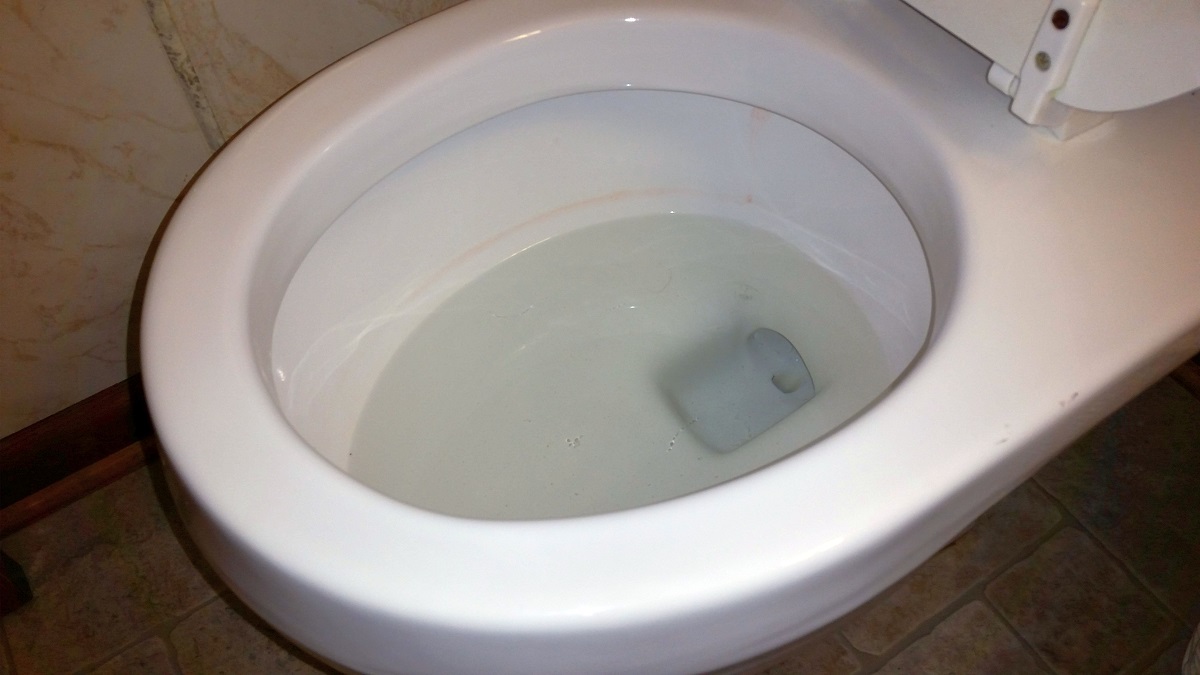
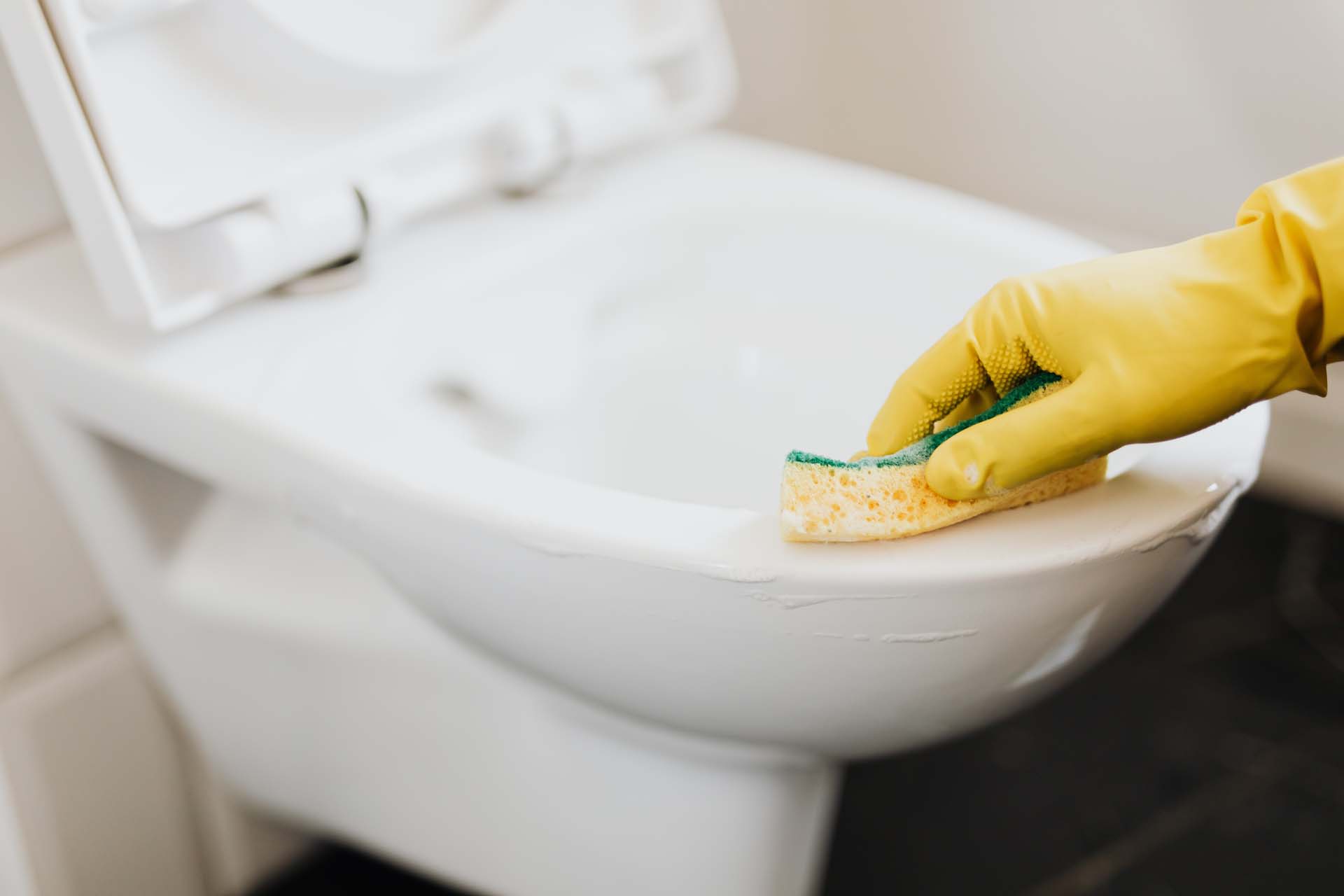
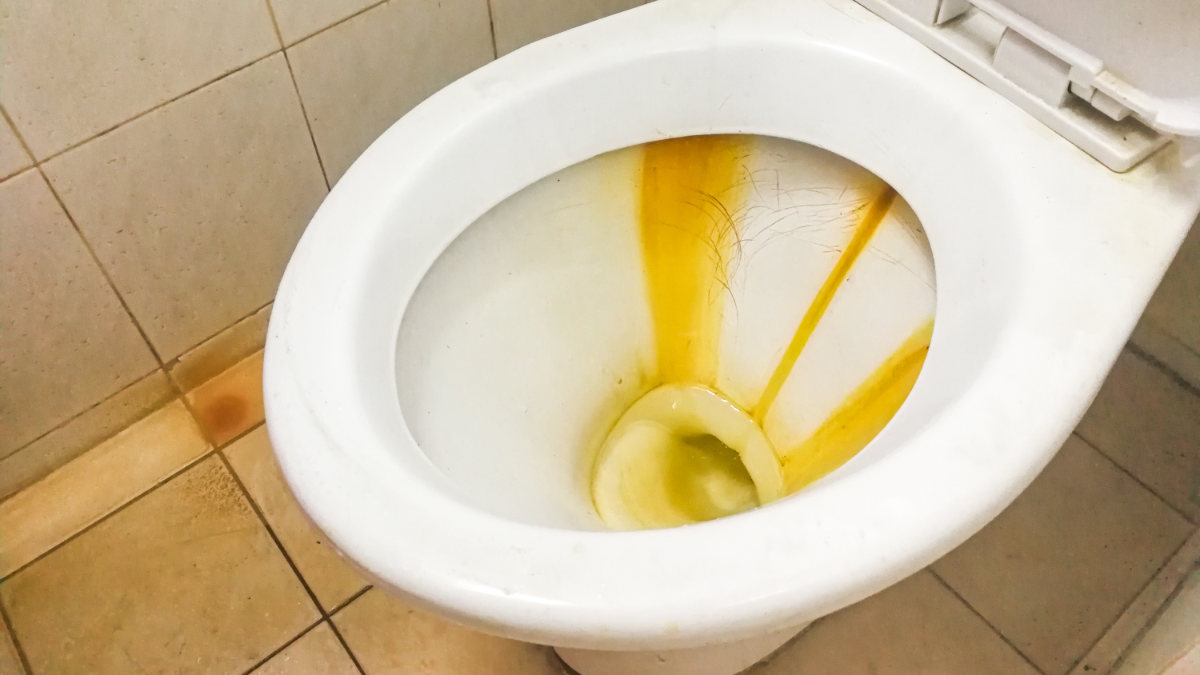
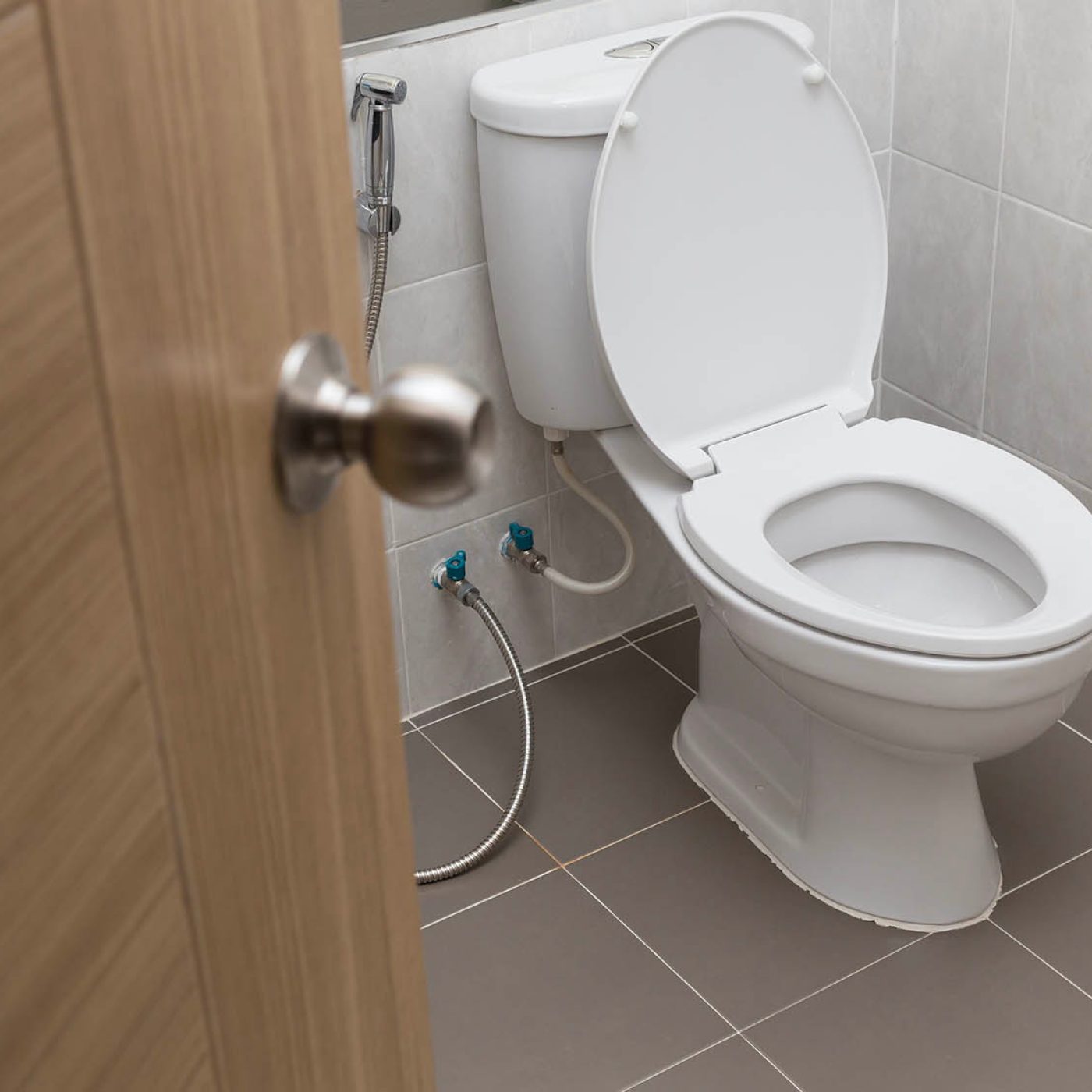
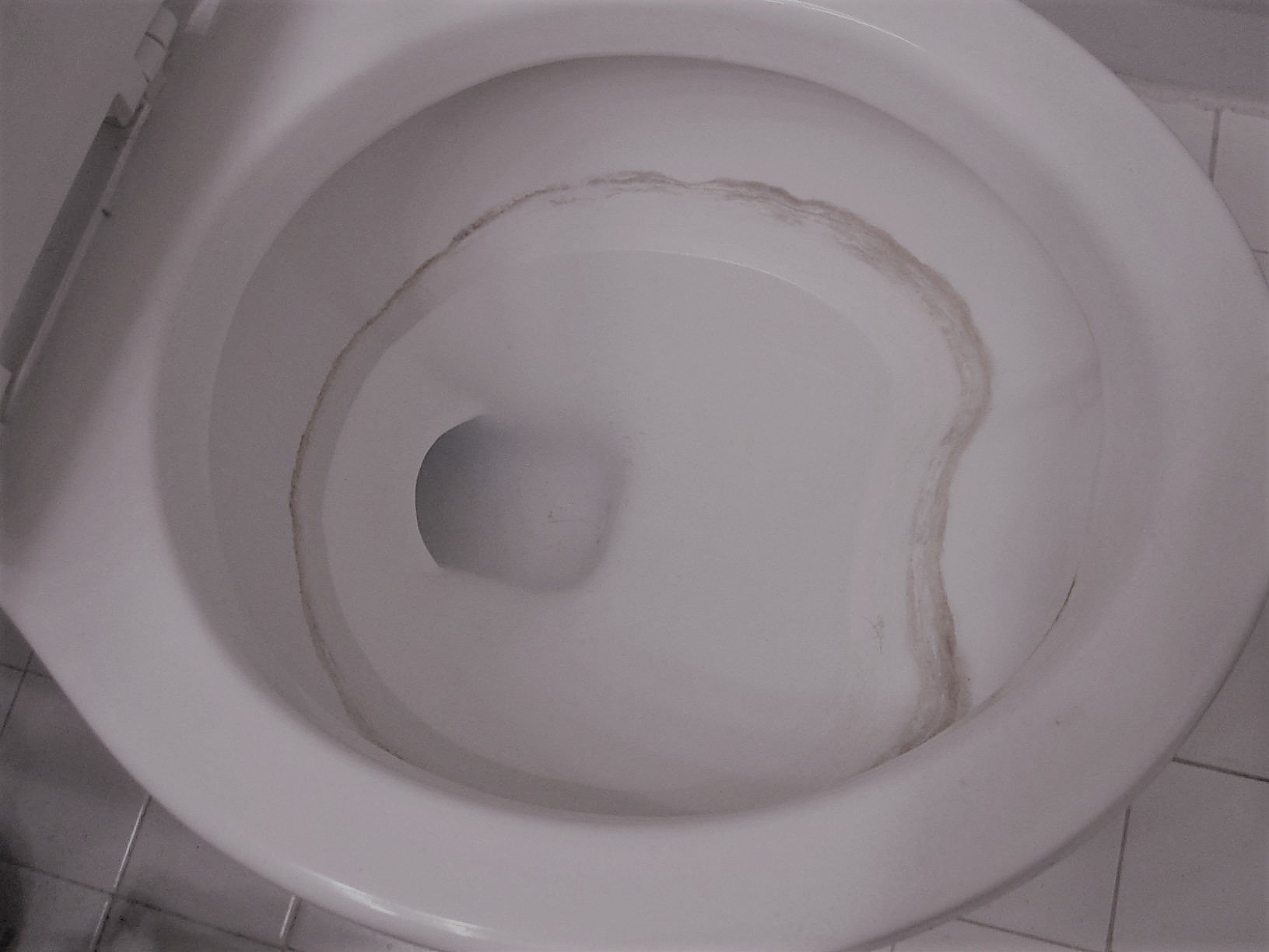
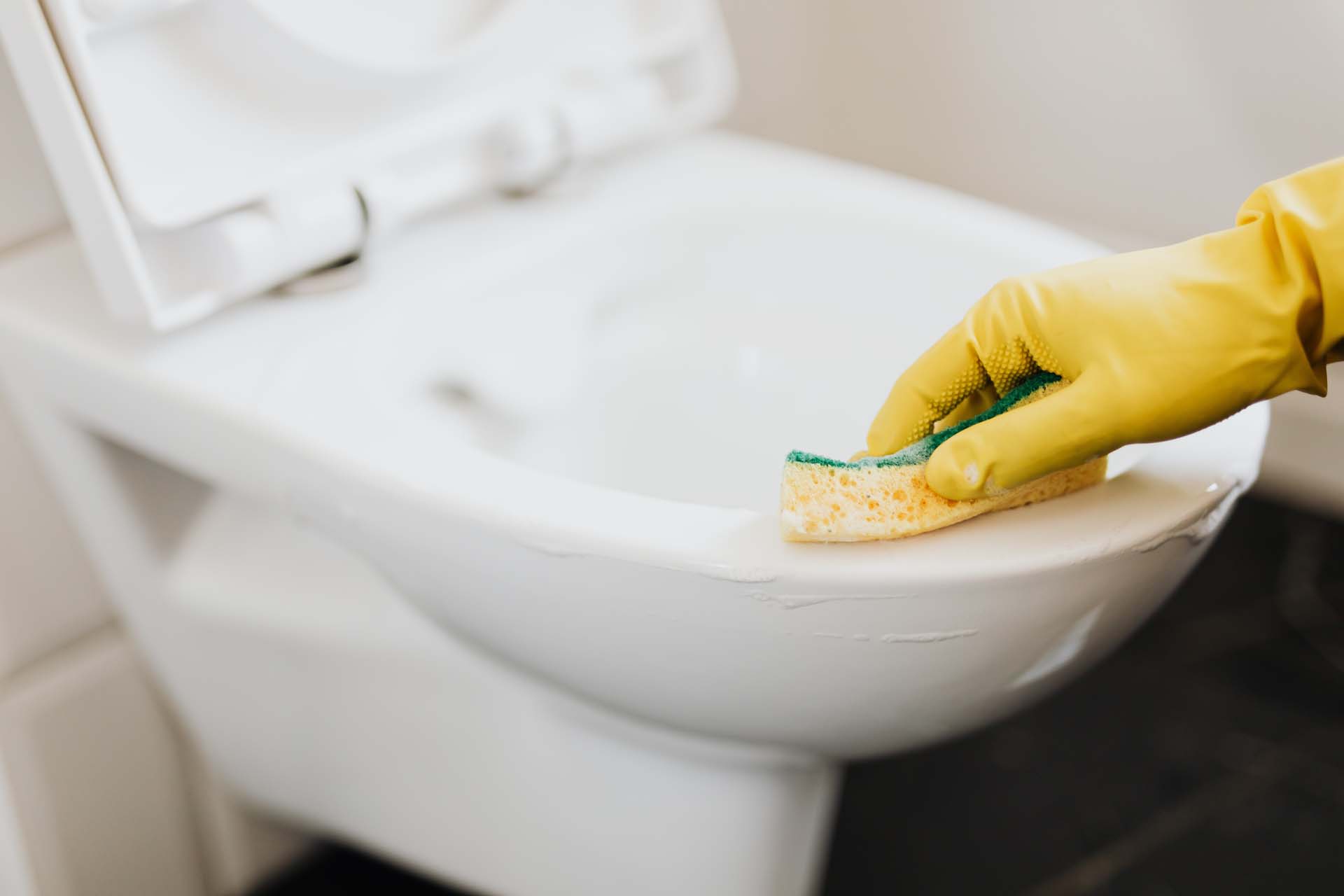
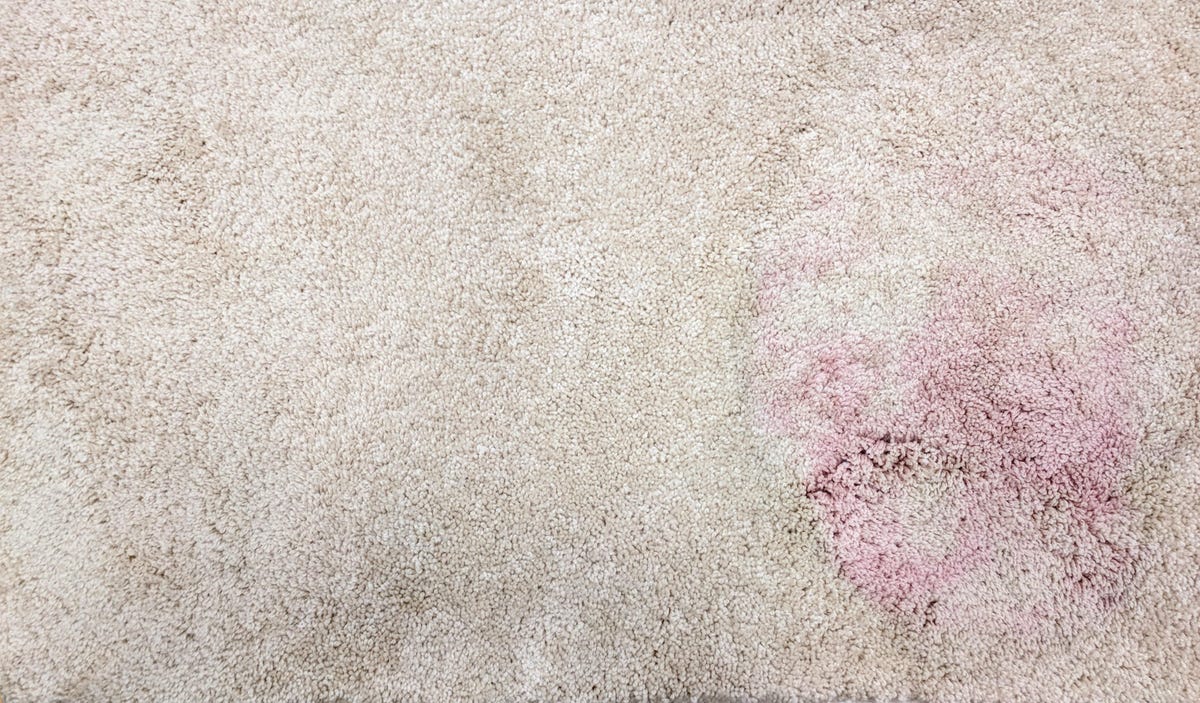
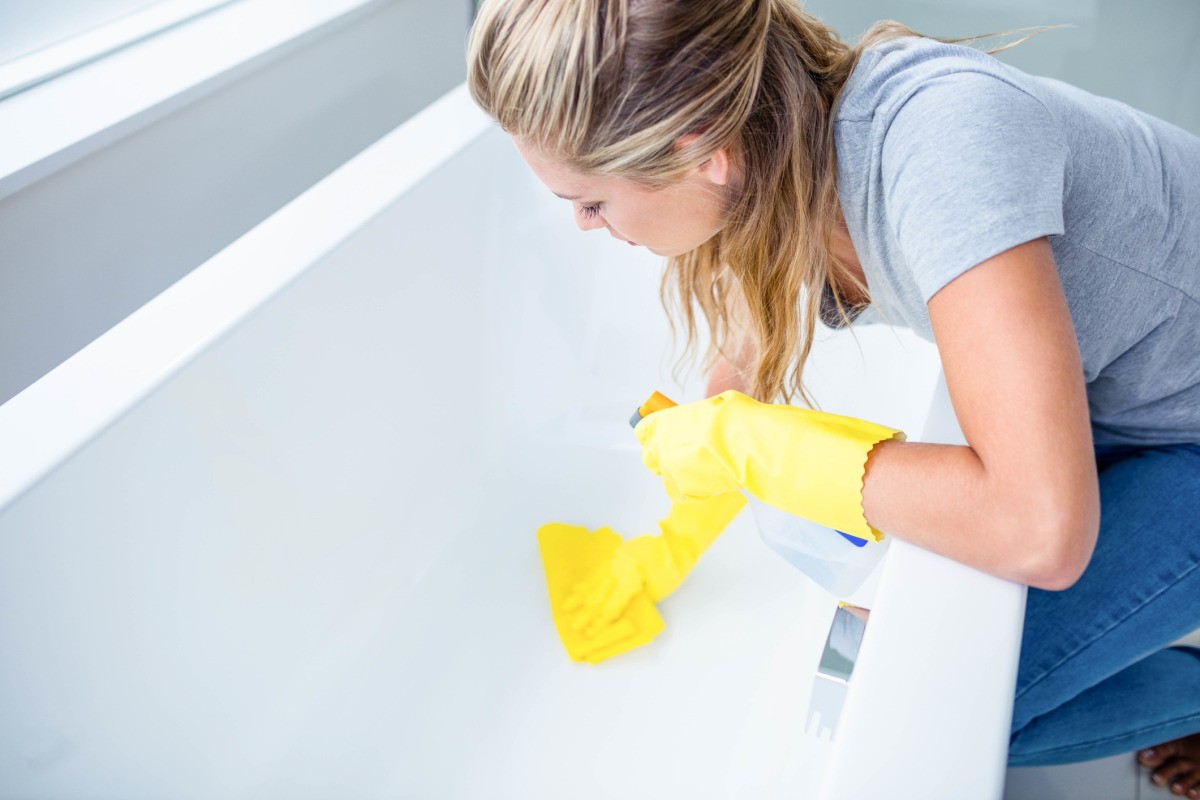


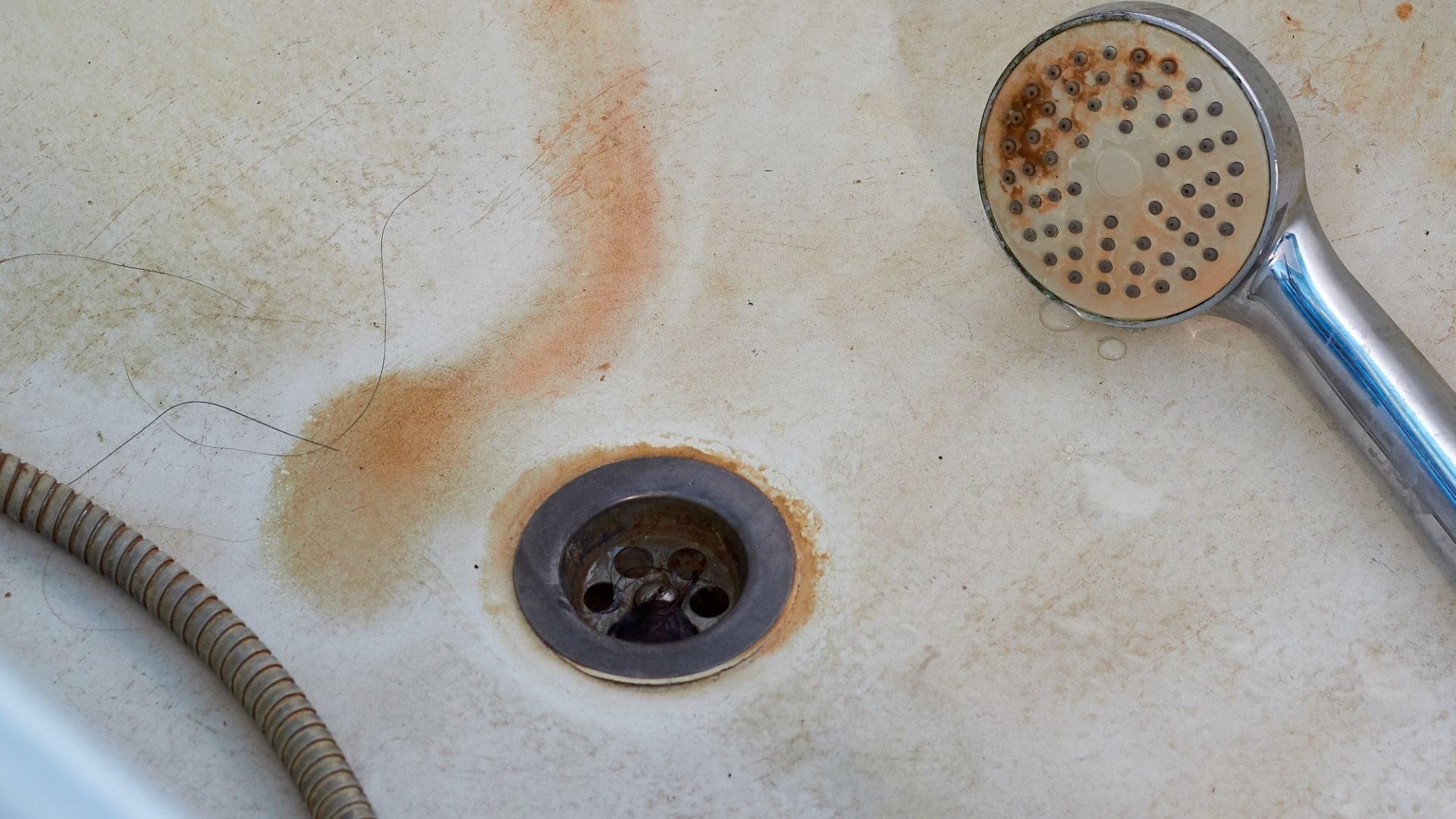
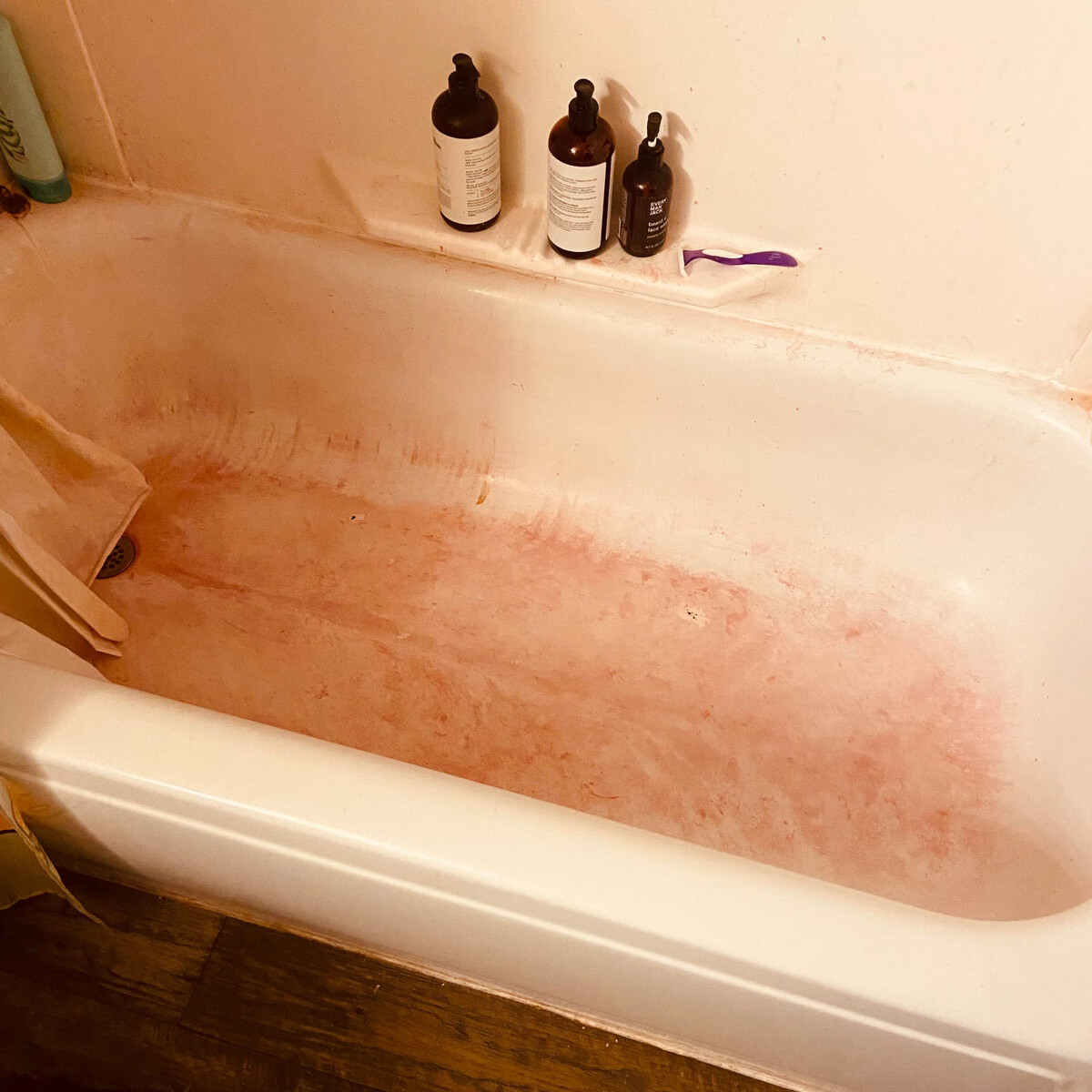
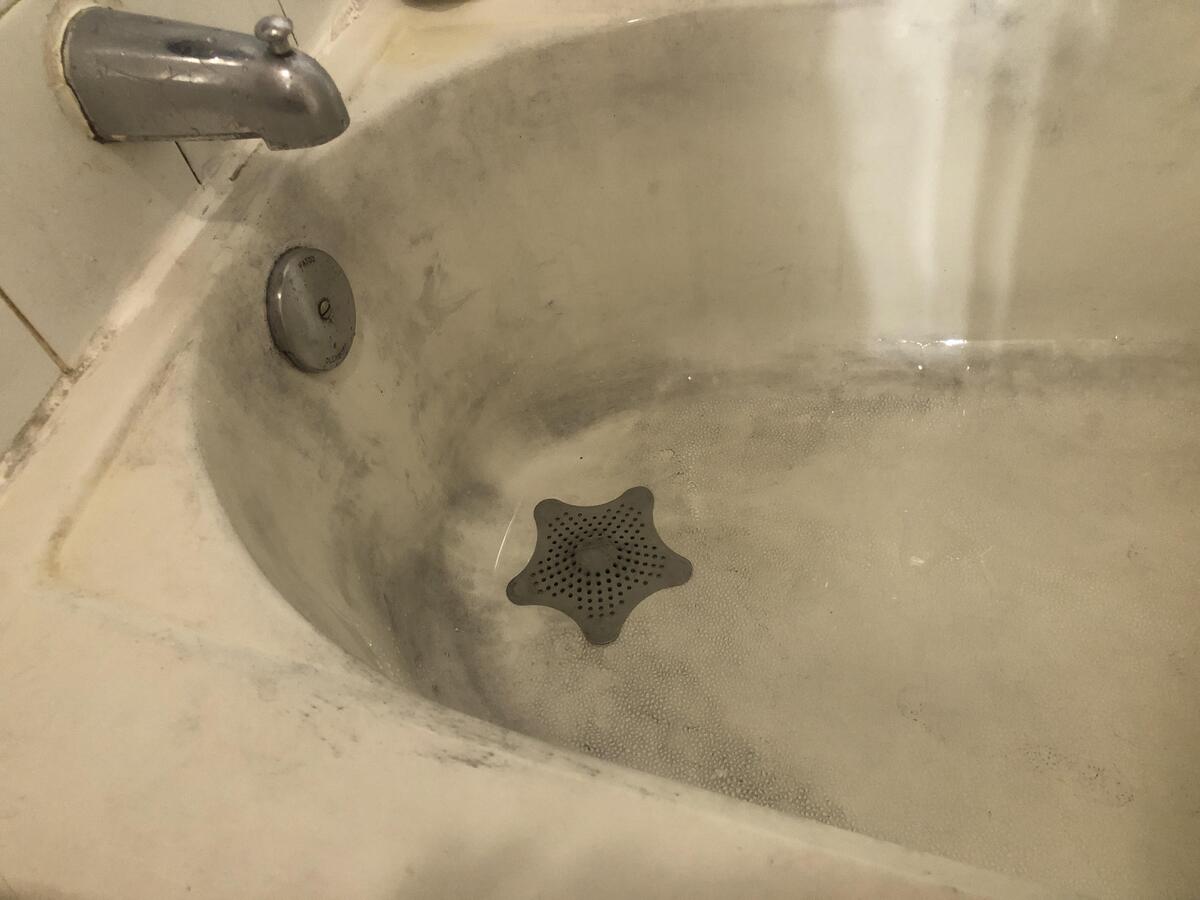
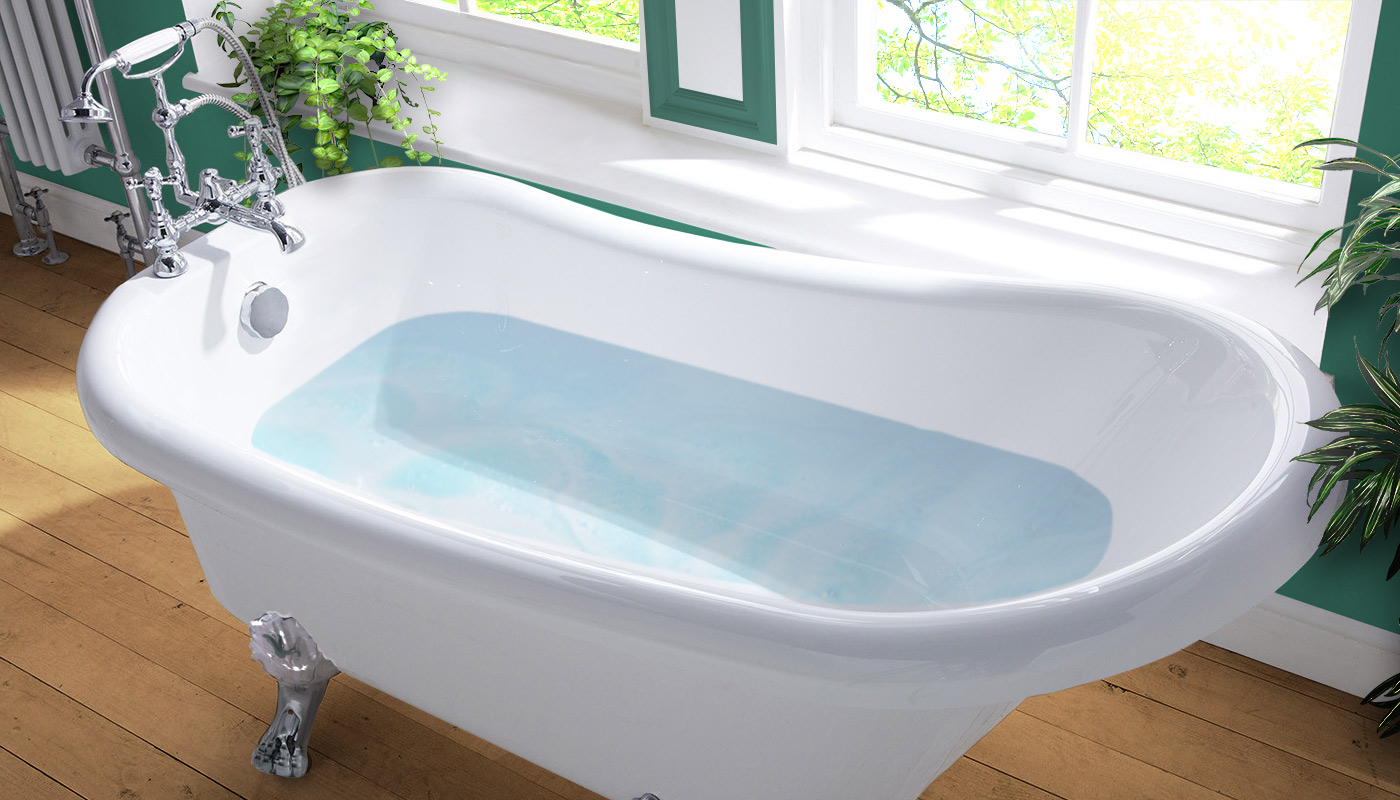

0 thoughts on “What Causes Pink Stains In A Bathtub”